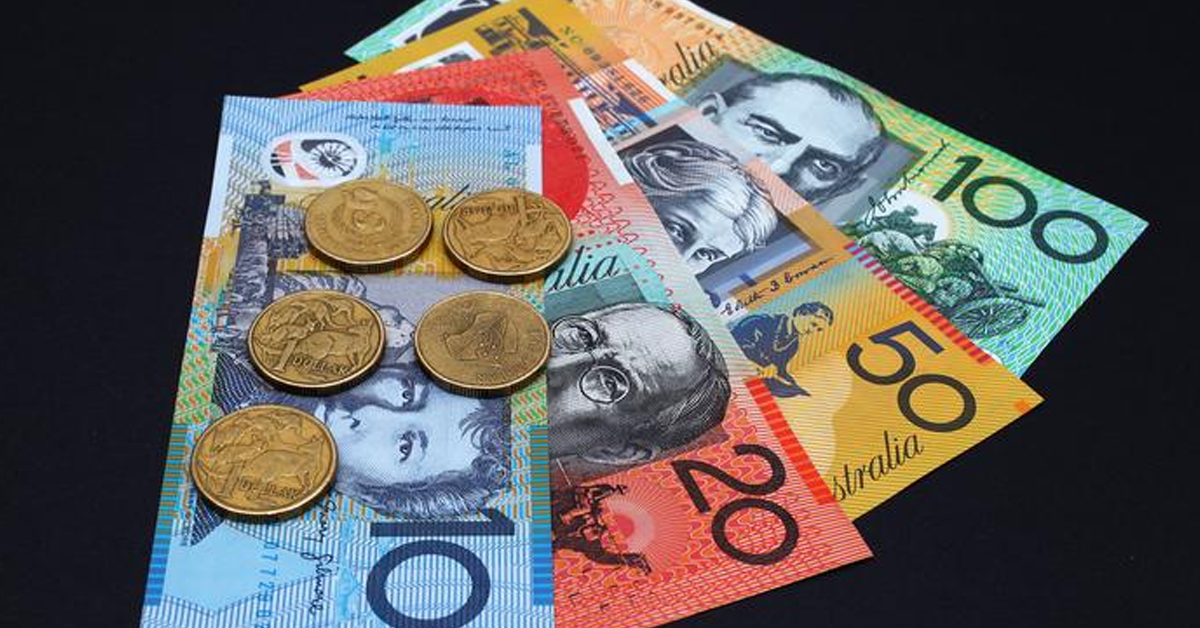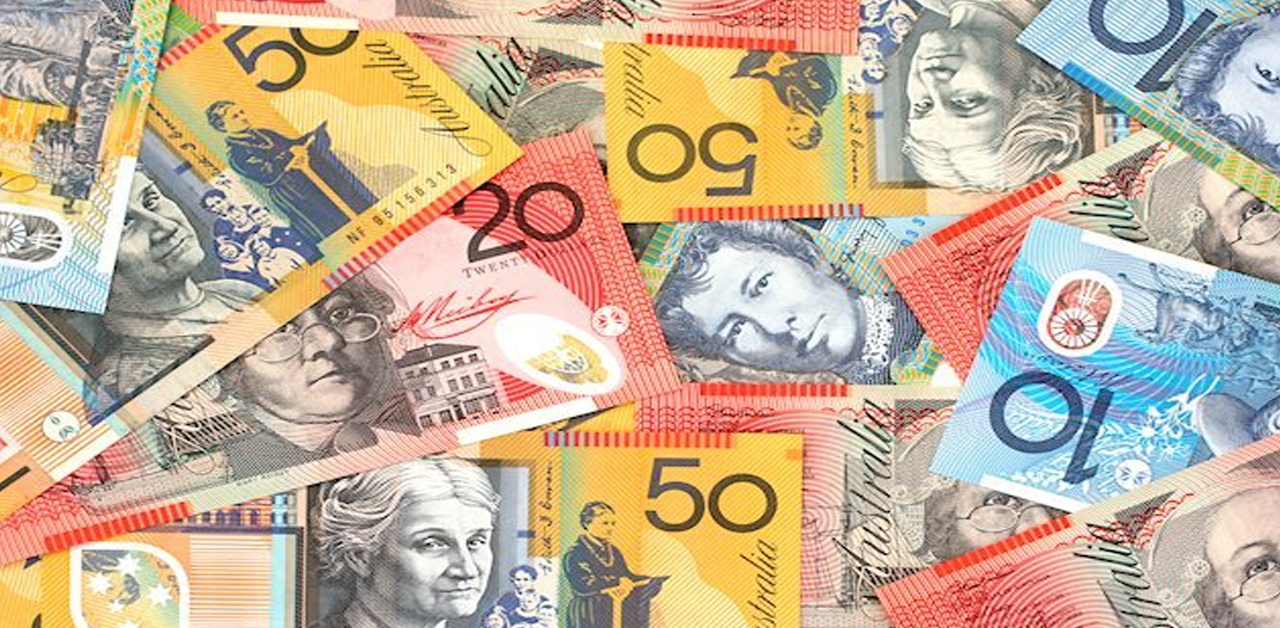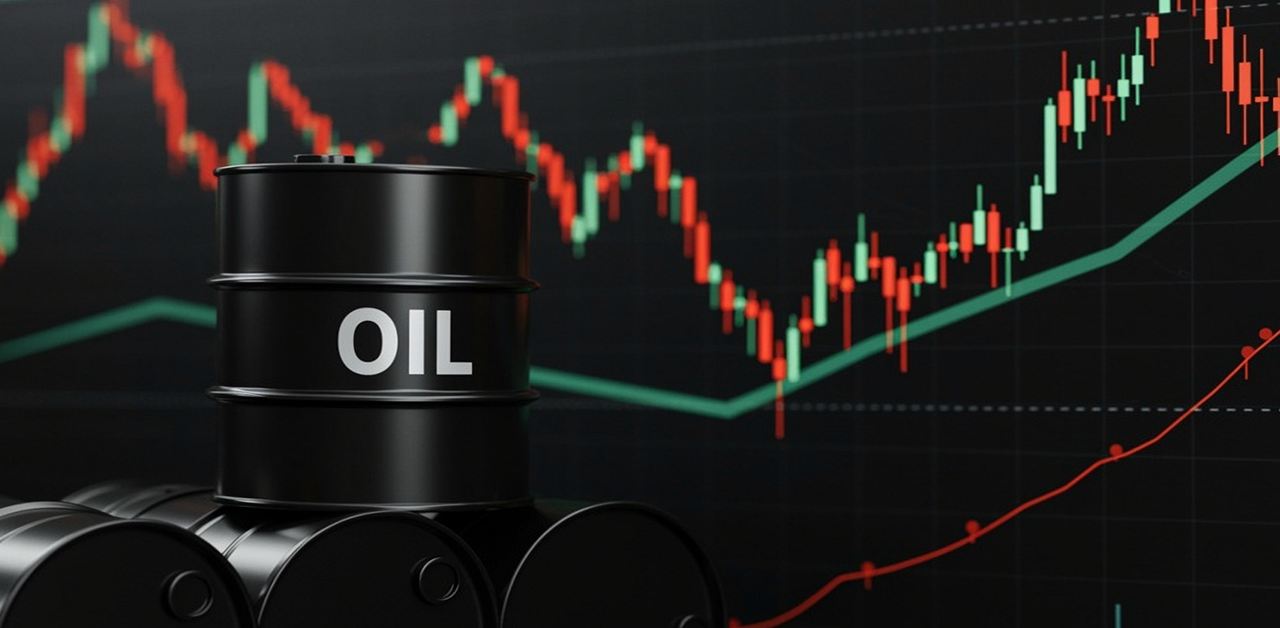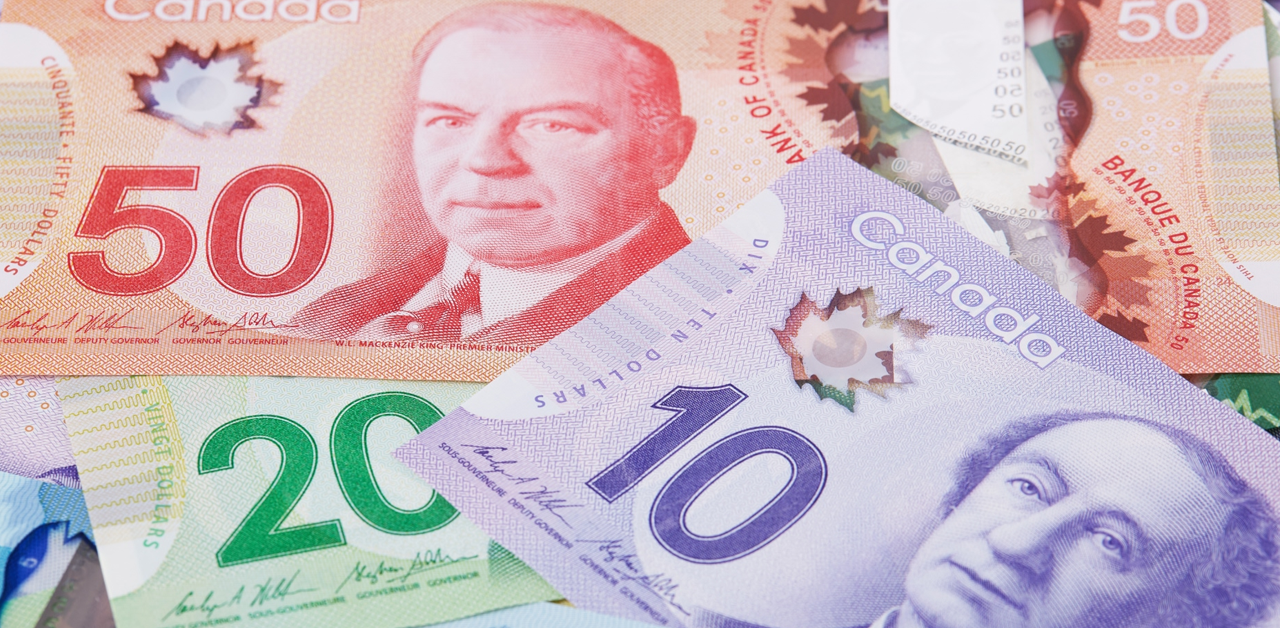Australian Dollar Gains Ahead of Fed Rate Decision
The Australian Dollar (AUD) has seen a slight recovery driven by a potential shift towards risk-on sentiment among investors. Despite this uptick, the AUD/USD pair encountered downward pressure in the early trading hours on Wednesday. This movement followed the release of the AiG Industry Index, which indicated a continued contraction in private business activity across Australia during March. This data comes just as the Reserve Bank of Australia (RBA) is gearing up for its meeting next week, where it is widely expected to keep interest rates steady at 4.35%.
The Australian Dollar’s trajectory was also influenced by Tuesday’s retail sales data from Australia, which came in lower than anticipated. This disappointing result could impact the RBA’s previously hawkish stance on maintaining higher interest rates. However, recent inflation data from Australia, which exceeded expectations, suggests that the central bank might postpone any planned rate cuts to manage inflationary pressures effectively.
In contrast, the US Dollar (USD) is experiencing a strong rally. The US Dollar Index (DXY), which measures the USD against a basket of six major currencies, continues to advance as investors await the US Federal Reserve’s (Fed) policy meeting slated for later on Wednesday. The anticipation surrounding this meeting has grown, especially after a surge in US bond yields which followed the release of higher-than-expected Employment Cost Index data. This rise in yields has been supported by hawkish comments from Fed officials, who have indicated that there is no immediate necessity to cut interest rates, adding pressure to the AUD/USD exchange rate.
Furthermore, key economic indicators from the US, such as the ADP Employment Change and the ISM Manufacturing PMI, are due to be released on Wednesday. These data points are crucial as they provide insights into the health of the US economy and could influence the Fed’s decisions during its monetary policy announcement. Traders and investors are keenly awaiting these releases, hoping to gauge potential shifts in economic policy and their likely impact on global currency markets, including the Australian Dollar.












